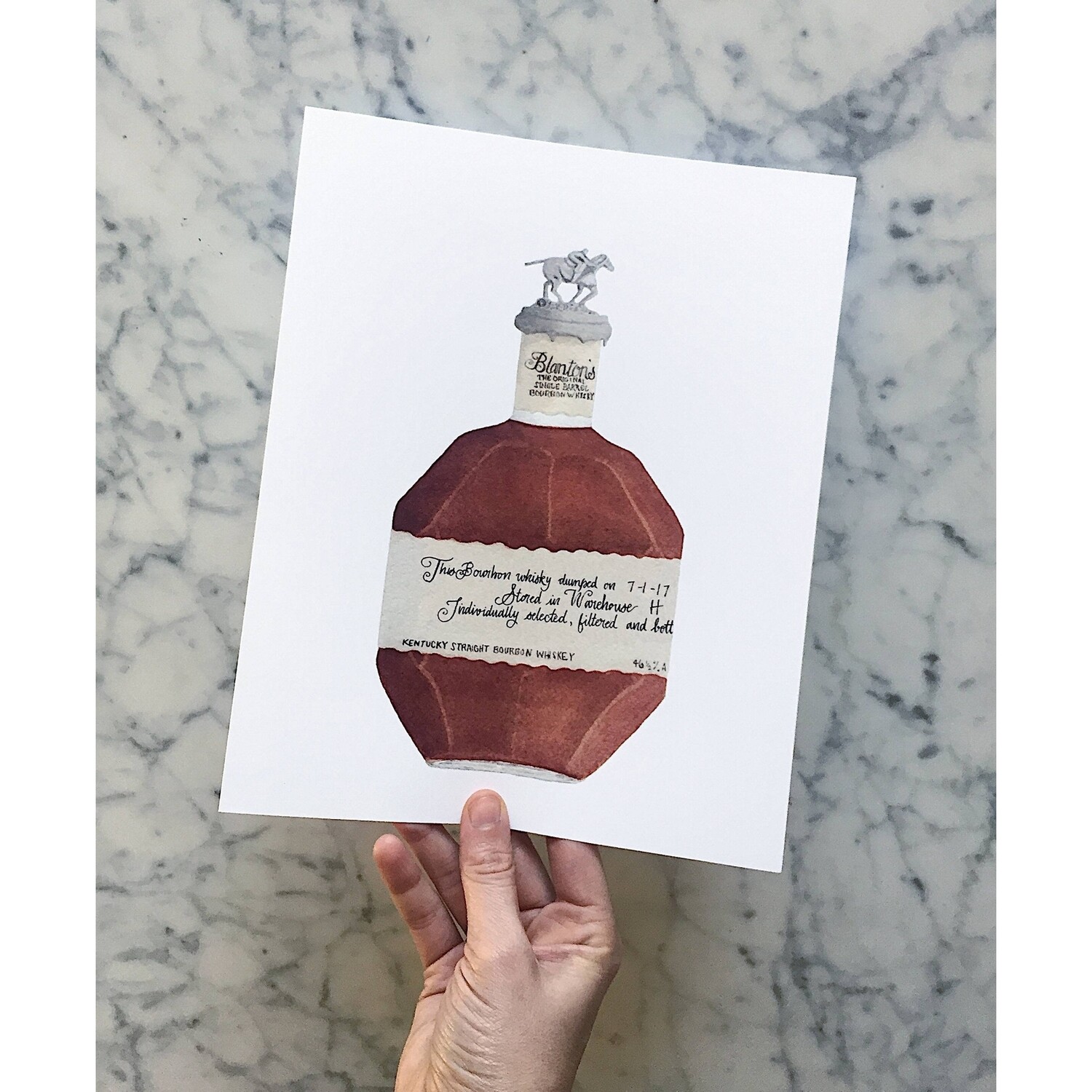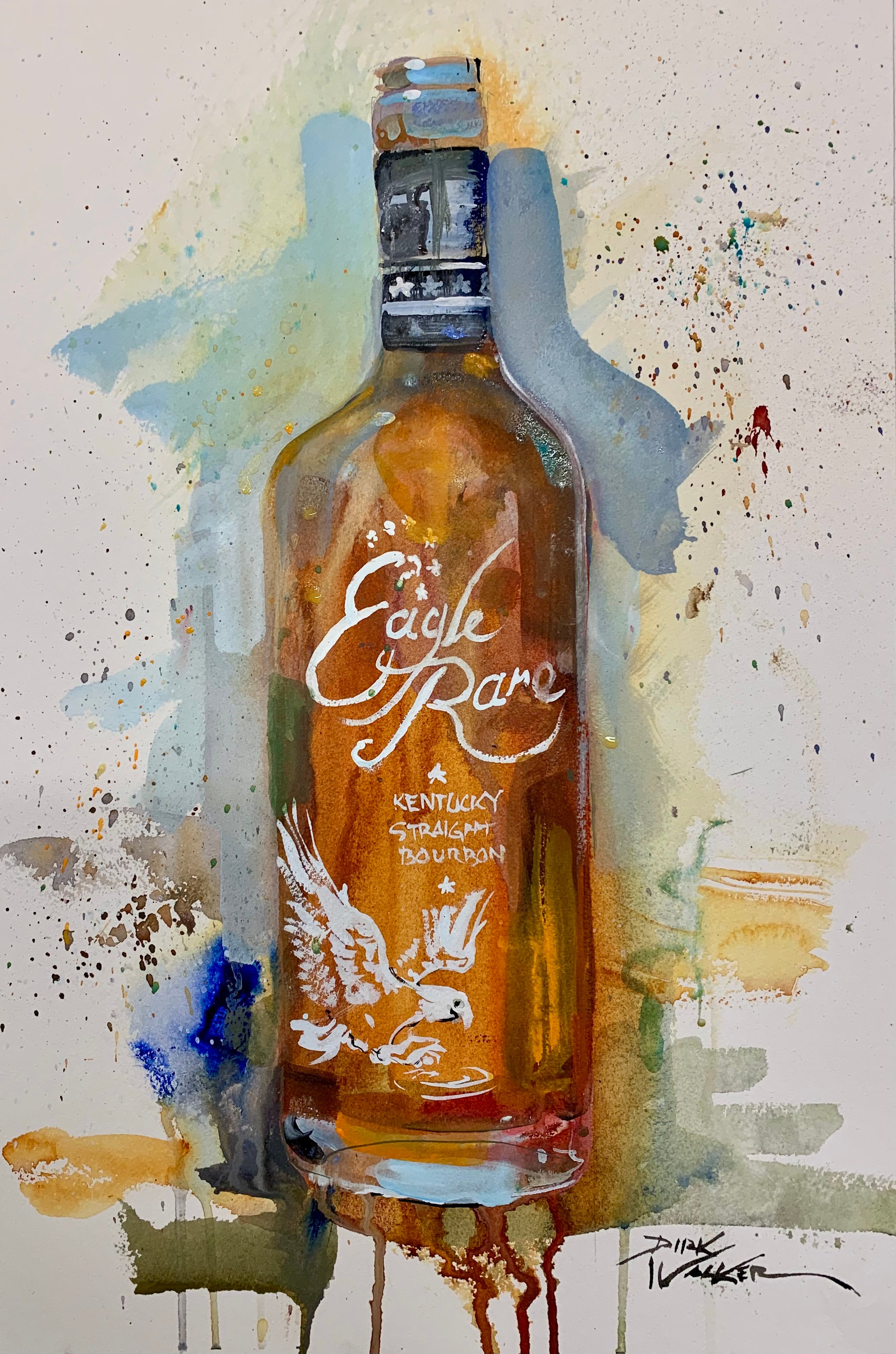The Appeal of Realism Art: A Deep Study Whiskey's Rich Heritage
The Relevance of Whiskey Art in Celebrating Heritage and Workmanship in the Beverage Sector
The complex partnership between bourbon art and the party of heritage and workmanship within the drink market can not be overstated. Via attentively made containers and labels, whiskey brand names envelop their historical origins and the artisanal abilities that define their manufacturing methods.
The Historical Roots of Whiskey
At the heart of scotch's allure lies a rich tapestry of historical roots that trace back to old civilizations. The beginnings of bourbon can be connected to the distillation techniques of the Sumerians and Babylonians around 2000 BCE, where early forms of fermented grain beverages started to arise. However, it remained in the Middle Ages that the art of distillation evolved dramatically, specifically in Ireland and Scotland, leading to the production of whiskey as we understand it today.
The term "whiskey" itself acquires from the Gaelic word "uisce beatha," meaning "water of life." This expression underscores the social relevance of bourbon in Celtic societies, where it was frequently connected with rituals, events, and public bonding. By the 15th century, purification ended up being an identified craft within reclusive neighborhoods, paving the method for the establishment of lawful distilleries.
As profession routes broadened, bourbon's appeal expanded, going beyond regional limits and capturing the rate of interest of aficionados worldwide. Whiskey Art. This historical journey reflects not just the craftsmanship behind whiskey manufacturing yet additionally its indispensable role in social and cultural contexts, noting it as a significant drink throughout background
Artistic Expression in Branding
Scotch branding stands as a compelling intersection of virtuosity and commerce, where aesthetic identification plays an essential role in shaping consumer assumption. The appearances of bourbon labels, product packaging, and advertising products show not only the brand name's story but also its core worths and heritage. Through creative expression, distilleries communicate a story that resonates with customers, evoking feelings and triggering links.
The use of shade, typography, and imagery in branding offers to differentiate items in a saturated market. For example, conventional themes may evoke a sense of authenticity and craftsmanship, while contemporary layouts can indicate innovation and forward-thinking. This calculated imaginative instructions improves brand name recognition and loyalty, enabling customers to build a personal partnership with the whiskey they pick.
Furthermore, creative expression in branding usually offers as an event of regional heritage. Distilleries frequently include local icons or historical recommendations right into their layouts, creating a sense of place that invites consumers to take part in a broader cultural experience. Eventually, the artistry behind scotch branding not only improves visual charm but additionally improves the overall story of the brand, promoting a much deeper admiration for the workmanship and heritage ingrained in each bottle.
Workmanship in Bottle Layout
The virtuosity evident in scotch branding extends beyond visual identification to encompass the workmanship associated with bottle layout. Each bottle works as a vessel not just for the spirit within, yet additionally for the click here to find out more tale it tells regarding its tradition, quality, and origin. The design process needs careful focus to information, as aspects such as closure, form, and product add significantly to the total assumption of the scotch.
Craftsmanship in container layout includes selecting high-grade glass that can boost the bourbon's color and clarity, while likewise providing a tactile experience for the consumer. The silhouette check these guys out of the bottle need to be both aesthetically appealing and practical, often mirroring the heritage of the brand name. Numerous distilleries choose special shapes or printed logos that stimulate a feeling of authenticity and history.
In addition, the tag style and typography play a critical role in communicating the brand name's story. Limited Edition. A well-crafted bottle not just mesmerizes the consumer's eye however additionally reinforces the brand's commitment to high quality and tradition. In this method, the craftsmanship of bottle style ends up being a crucial facet of the bourbon experience, combining artistry with a profound respect for heritage
Cultural Importance of Whiskey Art
Celebrating practice and workmanship, the cultural value of scotch art goes beyond mere aesthetics, linking with the historical and social narratives of the areas where it originates. Each container works as a canvas, portraying the distinct stories, folklore, and traditions that have shaped regional whiskey-making methods. The intricate styles frequently mirror the heritage of the distillers, including icons and themes that reverberate with the culture and values of their neighborhoods.

Furthermore, whiskey art plays an essential role in public gatherings and celebrations, offering as a substantial link in between individuals and their shared experiences. By appreciating the artistry in scotch packaging, consumers cultivate a deeper understanding and respect for the craft, eventually enriching their satisfaction of the drink itself.
Modern Trends in Whiskey Discussion
In current years, the presentation of bourbon has developed to show contemporary preferences and fads while still honoring conventional craftsmanship - Realism Art. Distilleries are significantly concentrating on aesthetic elements that enhance the general alcohol consumption experience, connecting the void between heritage and modernity
Innovative container layouts have arised, usually incorporating sustainable materials and creative labels that inform engaging stories. Several brands now collaborate with neighborhood artists, instilling their products with unique aesthetic expressions that resonate with consumers. Additionally, limited-edition launches are typically packaged in collectible containers, including worth and appeal for connoisseurs.

Final Thought
In final thought, bourbon art serves as an essential conduit for revealing the heritage and craftsmanship inherent in the beverage industry. Via detailed branding, cutting-edge container styles, and culturally significant artistic components, bourbon brands efficiently honor their practices and attach with consumers.

Workmanship in container style involves picking high-grade glass that can improve the whiskey's shade and quality, while likewise providing a responsive experience for the customer. In this way, the workmanship of bottle design comes to be an important facet of the scotch experience, merging virtuosity with an extensive respect for heritage.
In verdict, whiskey art offers as a crucial conduit for sharing the heritage and craftsmanship integral in the beverage industry.